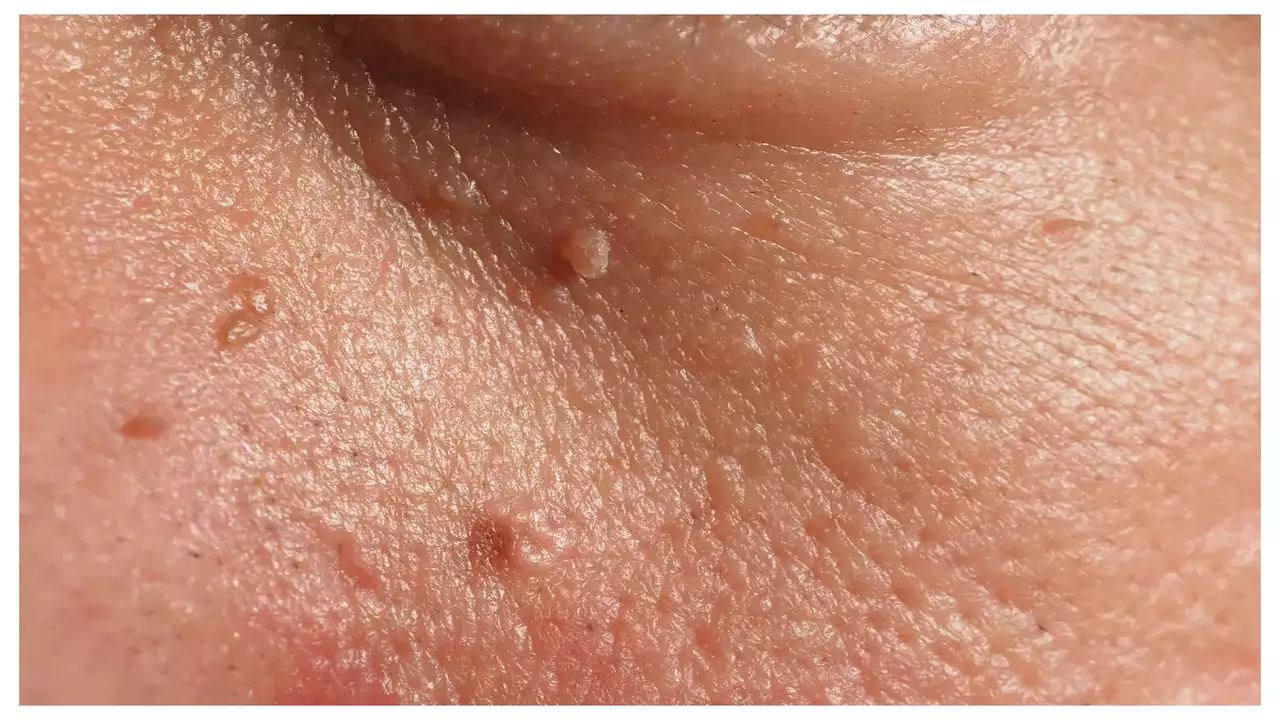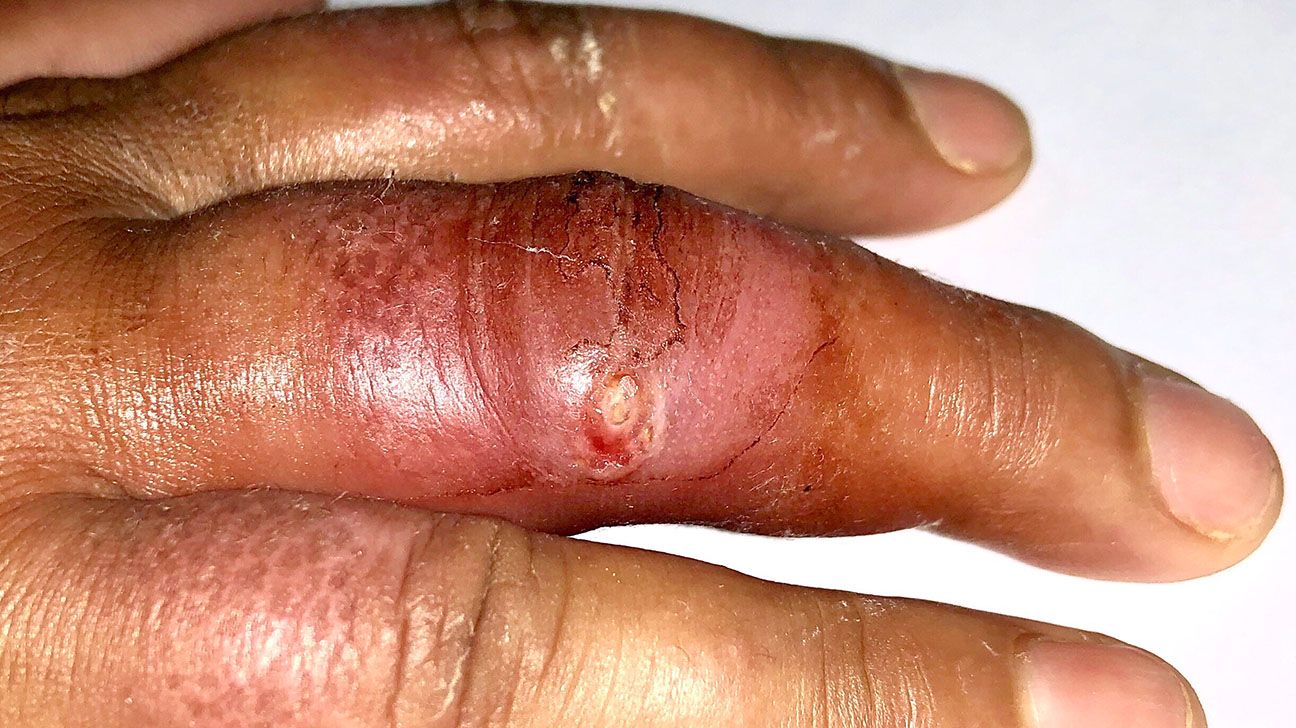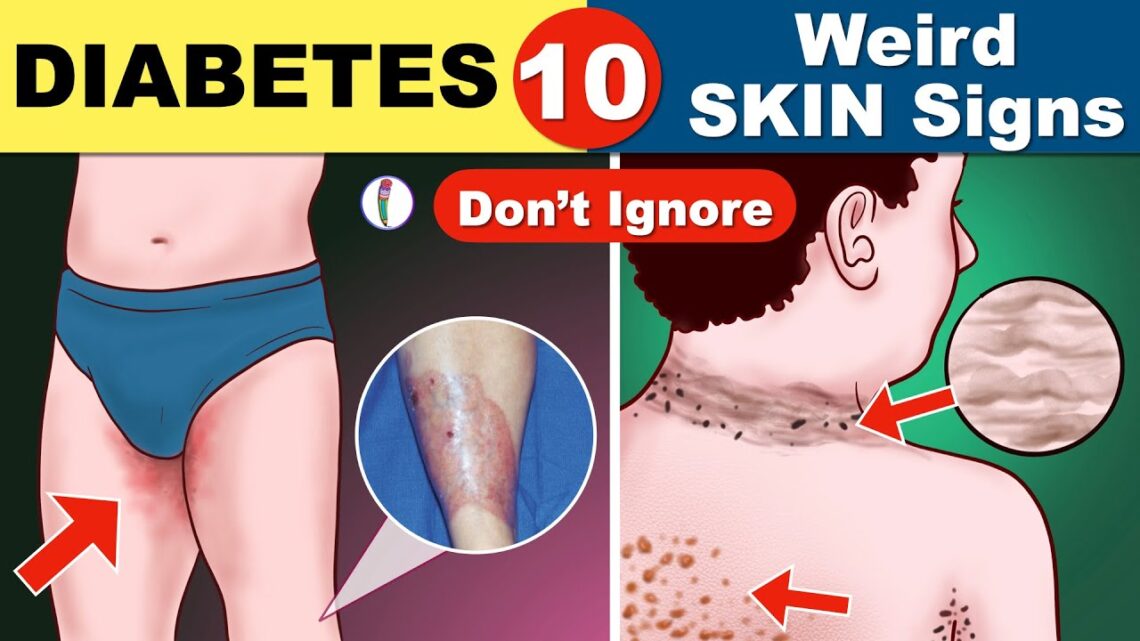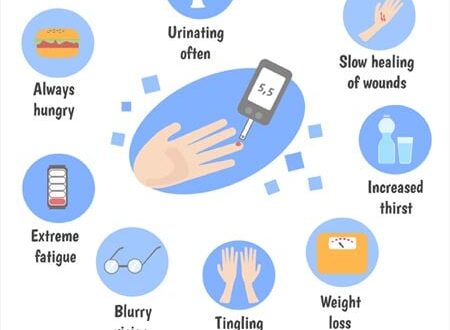Overview of Diabetes Skin Changes
Skin changes are common in people with diabetes and can serve as early indicators of the condition. One such change is the appearance of dark patches or bands of velvety skin, known as acanthosis nigricans, typically seen on the neck, armpit, and groin areas. Skin tags, which are harmless growths, may also be more prevalent in individuals with high blood glucose levels. Other skin changes include patches of swollen and hard skin, known as necrobiosis lipoidica, and skin hardening or thickening, known as digital sclerosis. Diabetic dermopathy and blisters can also occur. These skin changes can often be signs that someone has diabetes and should be checked by a healthcare professional.Importance of Early Detection
Recognizing skin changes associated with diabetes is crucial for early detection and prevention of future complications. Consulting a doctor when you notice these signs can lead to early diagnosis and appropriate management of diabetes. Early detection allows for timely intervention, such as lifestyle modifications and medication, to control blood glucose levels more effectively. By keeping diabetes under control, individuals can reduce the risk of developing further skin complications and other serious health conditions associated with diabetes. Regular monitoring and management, along with proper skincare, can help maintain healthy skin and overall well-being.
Skin Changes Associated with Diabetes
Acanthosis Nigricans: Dark Patches
One common skin change seen in individuals with diabetes is acanthosis nigricans. This condition manifests as dark patches or bands of velvety skin, typically found on the neck, armpits, and groin areas. It can also occur in obese individuals. Recognizing these changes is important as they may be early signs of high blood glucose levels and an indication that someone has diabetes. If you notice these skin changes, it is essential to consult a doctor for further evaluation and testing. Early detection of diabetes can lead to proper management and prevention of future complications.Other Skin Changes and Complications
In addition to acanthosis nigricans, individuals with diabetes may experience other skin changes and complications. These include the development of skin tags, patches of swollen and hard skin (necrobiosis lipoidica), skin hardening or thickening (digital sclerosis), diabetic dermopathy, and blisters. Each of these changes can have specific characteristics and may require medical attention. If you see any unusual skin changes or experience frequent skin infections, it is advisable to consult with a healthcare professional for a proper diagnosis and appropriate management of diabetes.:max_bytes(150000):strip_icc()/GettyImages-1358103683-852d8f72a27f4c2f9d70cb7e5b56f0f2.jpg)
Skin Tags and Skin Growth
Normal vs. Suspicious Skin Tags
Many people have harmless skin tags or skin growths, which are common and considered normal. However, numerous skin tags with blackish discoloration can be a sign of high blood glucose levels. These growths are typically found on the eyelids, neck, armpits, and groin region. It’s important to pay attention to any changes in color or appearance of skin tags and consult a doctor if you notice anything unusual.Signs of High Blood Glucose
Skin changes associated with diabetes, such as acanthosis nigricans and skin tags, can be early indicators of high blood glucose levels. Recognizing these signs and seeking medical attention for further evaluation and testing is crucial for early detection of diabetes. Proper management of diabetes can prevent future complications and ensure optimal health. If you notice any changes in your skin or experience frequent skin infections, it is advisable to consult with a healthcare professional for a proper diagnosis and guidance.
Necrobiosis Lipoidica: Skin Hardening
Description and Common Areas
Necrobiosis lipoidica is a skin condition that causes thickening and hardening of the skin. It is commonly seen in about one-third of people with type 1 diabetes. The skin becomes thick, tight, and waxy, especially on the back of the hands. Finger joints may stiffen and become difficult to move. In some cases, this skin problem can also occur on the toes and forehead. Although rare, knees, ankles, or elbows may also stiffen. It’s important to monitor the skin for any changes and seek proper medical advice if you notice any signs of necrobiosis lipoidica.Management and Treatment Options
Proper management of blood glucose levels is crucial in controlling necrobiosis lipoidica. Physical therapy may also help improve mobility in stiffened areas, such as the finger joints. Using a moisturizer regularly can help soften the skin and alleviate any discomfort. It’s essential to consult with a healthcare professional for a comprehensive treatment plan that addresses both diabetes control and skin management. Regular check-ups and proper adherence to medical advice can help prevent complications and ensure optimal skin health.
Diabetic Dermopathy: Skin Spots
Common Locations
Diabetic dermopathy, also known as shin spots, is a skin condition commonly seen in individuals with diabetes. It usually forms on the shins, but in rare cases, it can appear on the arms, thighs, trunk, or other areas of the body. These spots don’t typically cause any symptoms and may be mistaken for age spots. However, unlike age spots, diabetic dermopathy tends to fade after 18 to 24 months.Duration and Misconceptions
Diabetic dermopathy can also stay on the skin indefinitely, but it’s harmless. It’s important to note that the presence of these spots does not indicate a worsening of diabetes. They are merely a benign skin condition commonly associated with diabetes. If you notice any changes in your skin or have concerns, it’s always best to consult with your healthcare provider for proper evaluation and guidance.
Facebook
Twitter
LinkedIn





